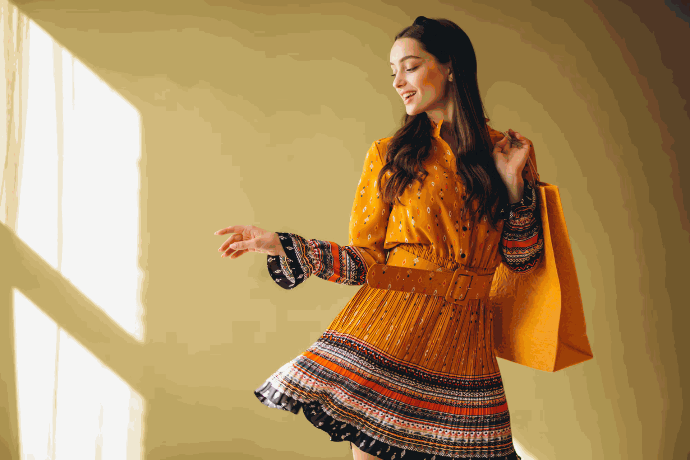Introduction: Fashion Without Borders
In today’s interconnected world, fashion travels faster than ever — from the ancient looms of Kutch to the avant-garde catwalks of Paris. As the textile industry evolves in 2025, we’re witnessing two major parallel movements:
🔹 High-fashion houses embracing innovative fabrics and experimental blends
🔸 A resurgence of cultural and traditional weaves, now seen through a modern lens
In this blog, we dive into both:
✅ What fabrics dominated global fashion weeks like Milan, Paris, and New York
✅ What heritage textiles are making a global comeback this year
Fabrics Dominating Paris & Milan Fashion Weeks 2025
Major fashion capitals are now moving beyond just aesthetics — fabrics are the core storytelling element. Let’s look at the textiles designers are turning to in 2025

A. Sculpted Neoprene & Techno-Mesh
Seen in: Balmain, Courrèges, and Mugler
These structured, body-contouring fabrics offer volume, drama, and futuristic elegance — a perfect canvas for metallic finishes, cutouts, and folds.
👗 Ideal for: Power jackets, abstract gowns, and streetwear co-ords.
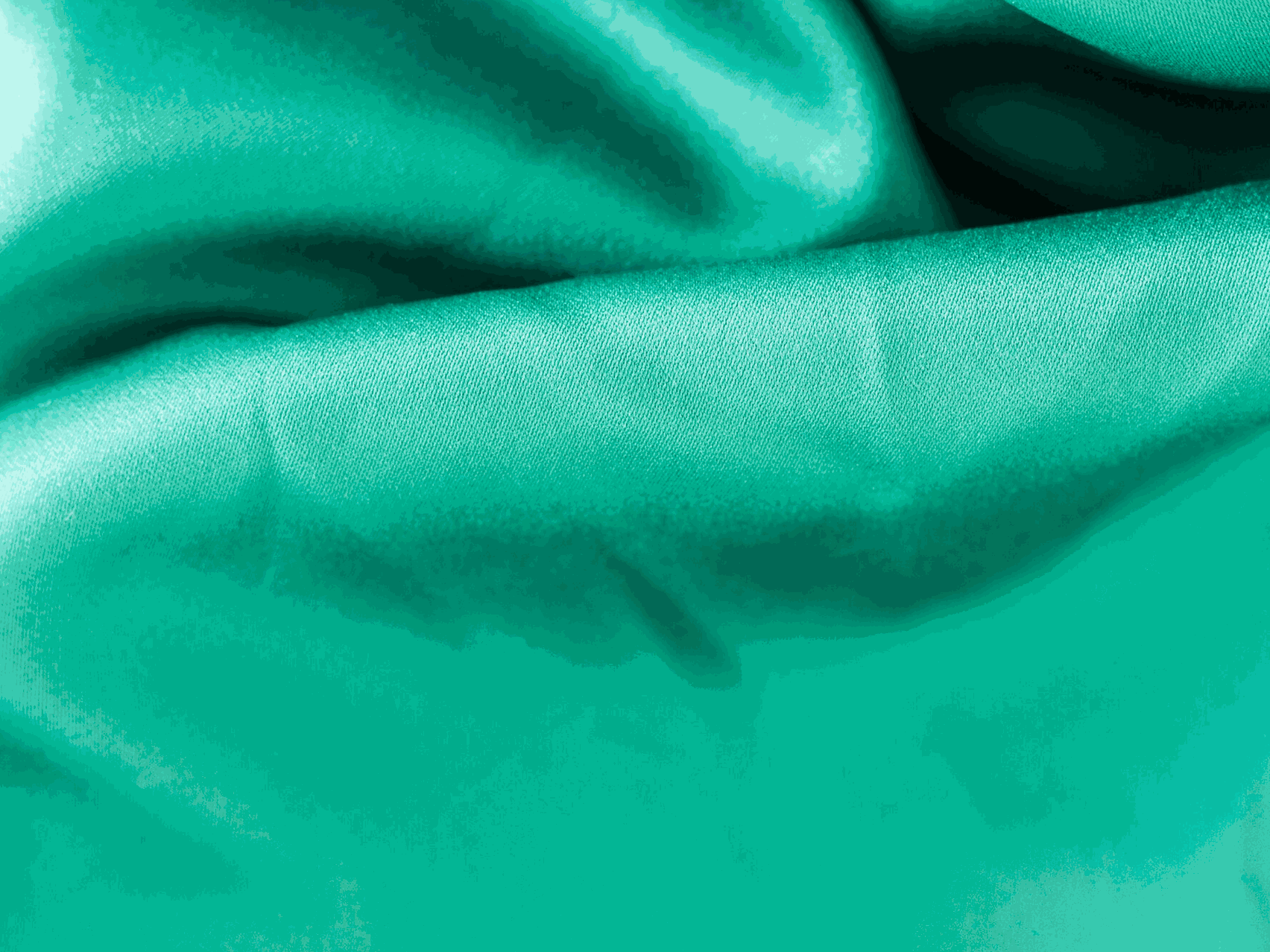
B. Fluid Metallic-Crepe and Liquid Satin
Seen in: Valentino, Lanvin, and Dolce & Gabbana
The return of glamour is here — fabrics that catch light with every movement, ideal for dramatic drapes and high-octane fashion.
👗 Ideal for: Occasion wear, luxe evening looks, and Indo-western fusions.
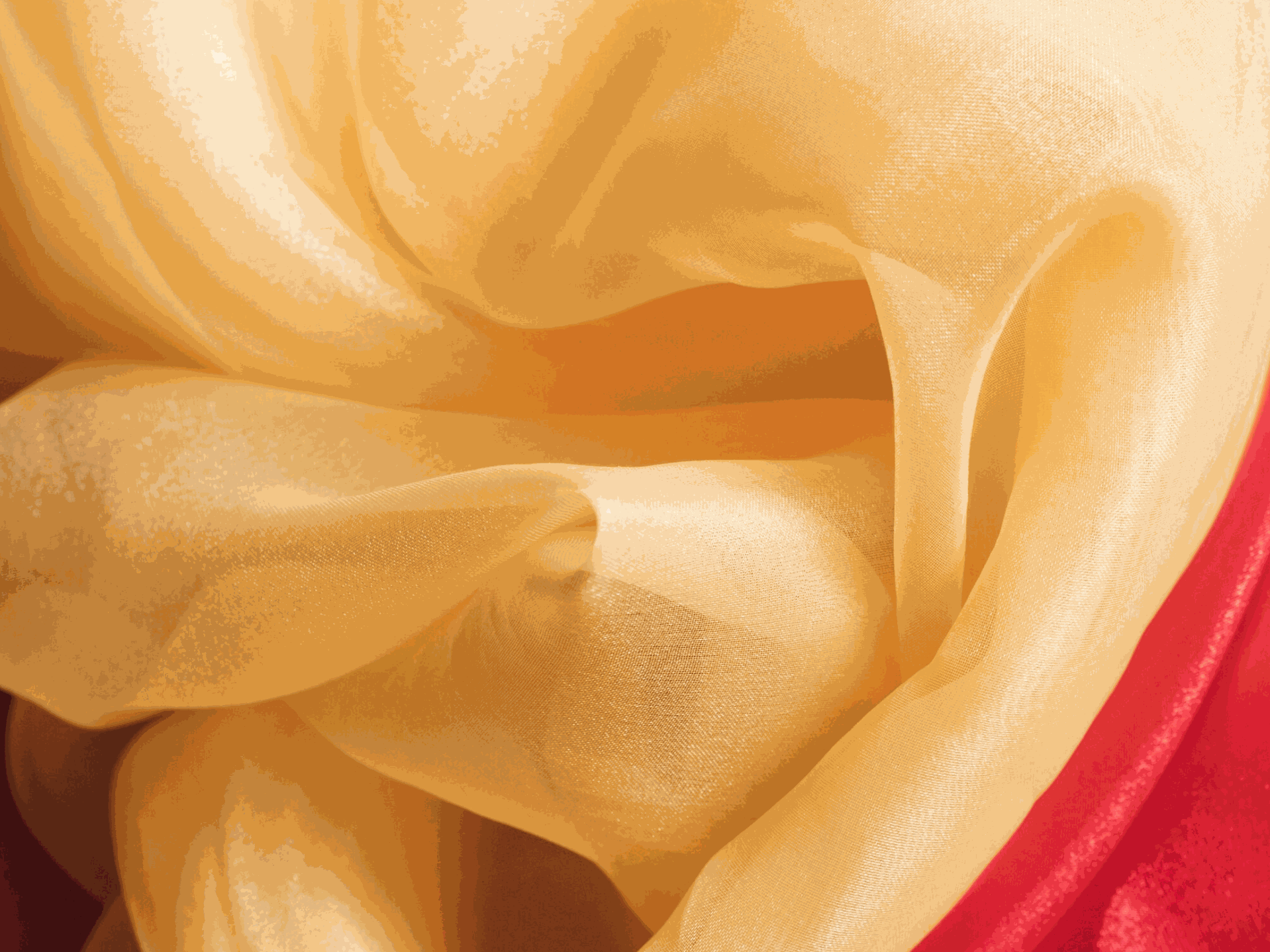
C. Transparency with Structure: Organza 2.0
Seen in: Giambattista Valli, Fendi
Ultra-fine organza is back — but now layered with prints, appliqués, or metallic foiling to create ethereal drama with strength.
👗 Ideal for: Statement blouses, sari overlays, and couture dupattas.

D. Hybrid Fabric Techniques
A mix of natural fibres with synthetics, or woven with foil & digital textures. Designers are seeking tech-smart, sustainable, and artistic fabrics.
👗 Ideal for: Fashion-forward clients who love bold & conscious styling.
Cultural Fabrics Making a Comeback This Year
While fashion weeks flaunt the future, there’s an equally powerful pull toward the roots of textile culture. Here are the heritage weaves and patterns gaining international attention:
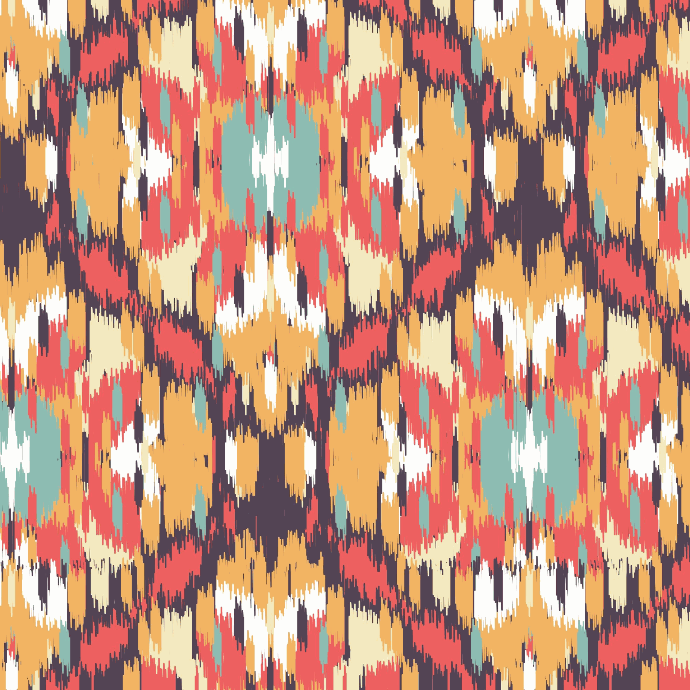
A. Ikat: The Blur is Back
Origin: India, Indonesia, Latin America
Known for its hand-tied resist-dyeing technique, ikat is reappearing in both minimal menswear and bold dresses.
Modern Use: Ikat print on crepe co-ord sets, digitally replicated for volume orders.
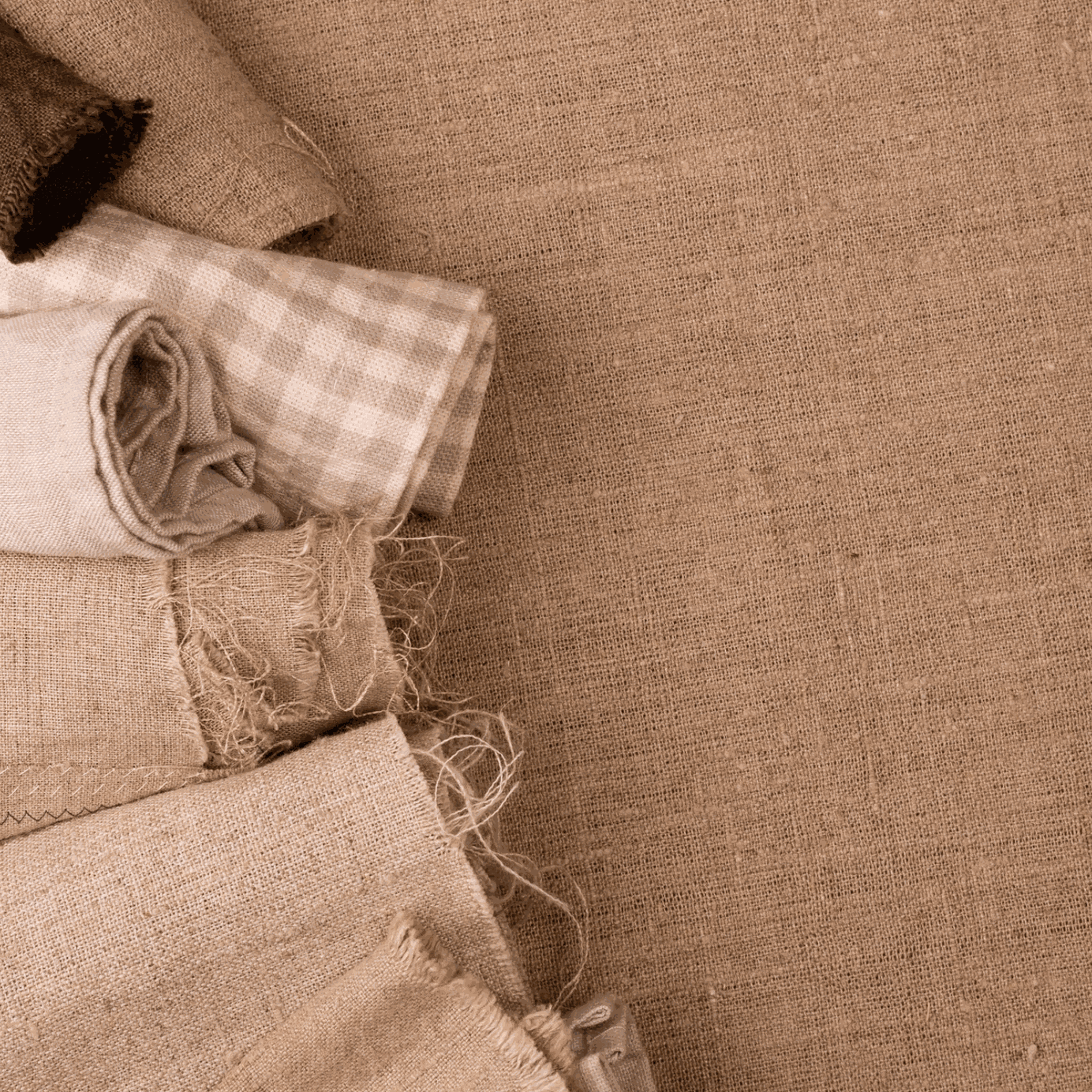
B. Handloom Khadi & Raw Textures
Origin: India
Once associated with simplicity, khadi is now being rebranded as a symbol of slow fashion and sustainable luxury.
Modern Use: Raw-edge jackets, embroidered overlays, and breathable bridal wear.
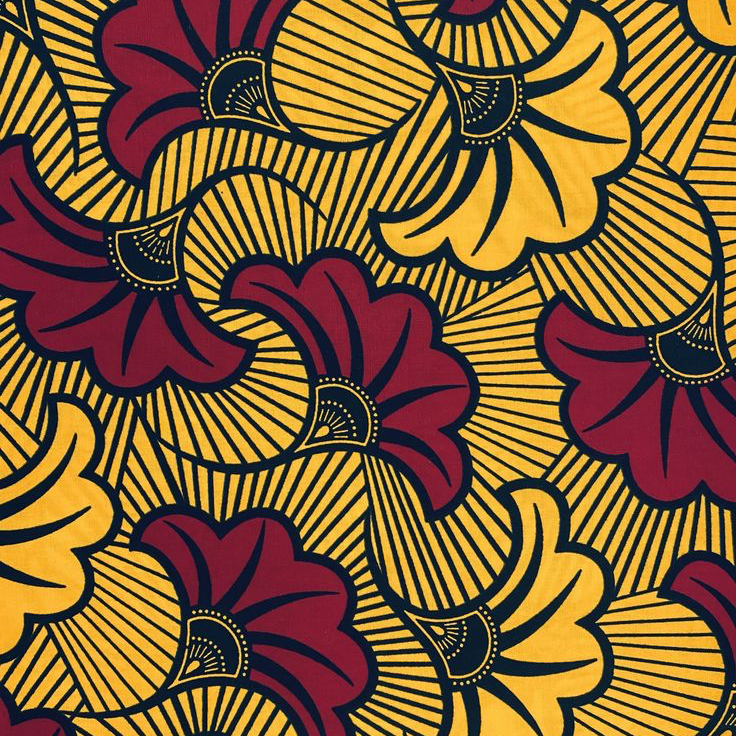
C. African Wax Prints & Ankara
Origin: West Africa
With their powerful color palettes and storytelling motifs, these bold prints are being used in global ready-to-wear collections.
Modern Use: Street-style jackets, flare pants, resortwear tunics.
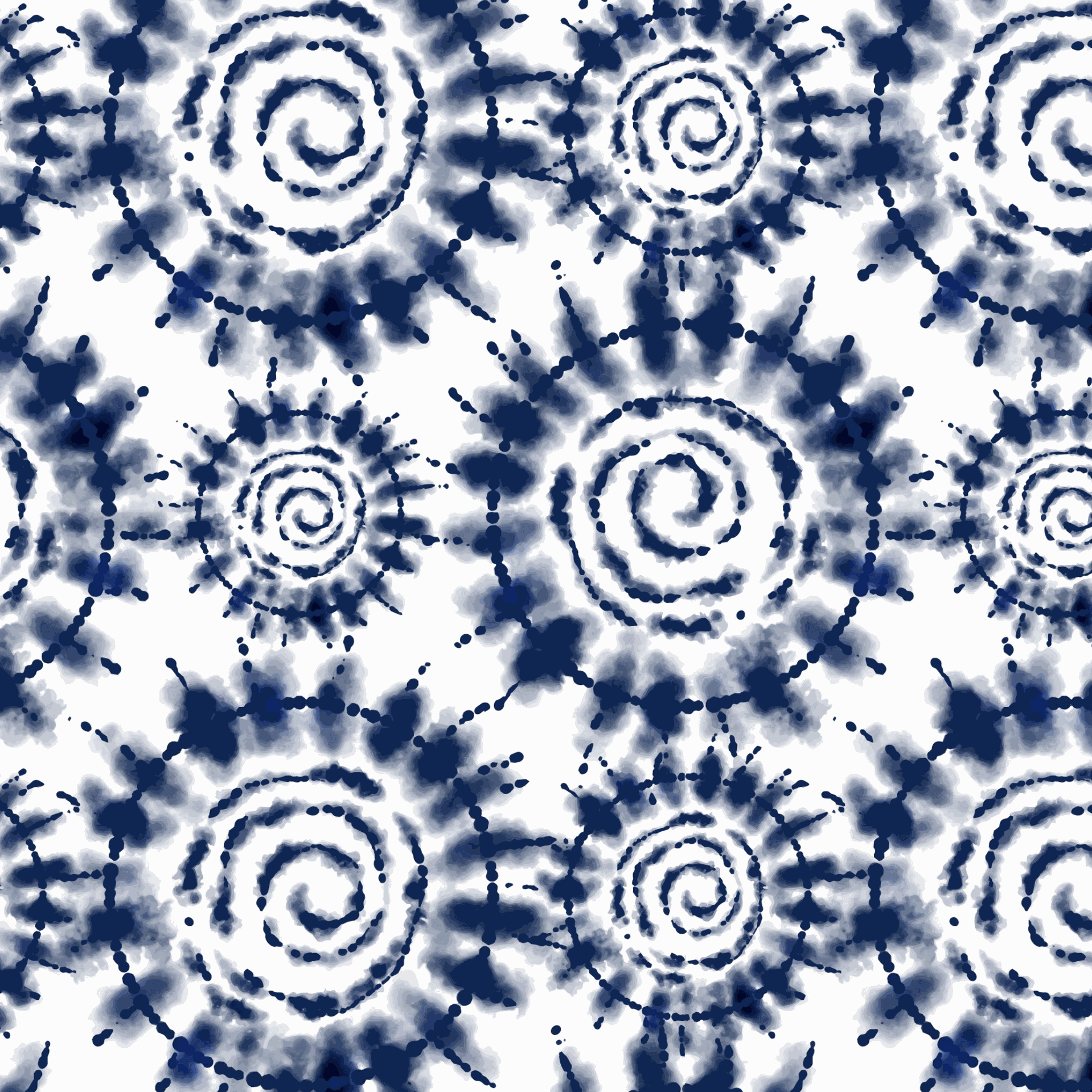
D. Shibori & Tie-Dye Techniques
Origin: Japan, India
These age-old resist-dye techniques have been revamped for contemporary appeal, now seen in gradient layering, abstract dye-spreads, and luxury lounge sets.
Modern Use: Summer collections, wrap skirts, oversized shirts.
Trend Watch: Fusion is the Future
Many designers are now blending Western cuts with cultural textiles, creating a new vocabulary in fashion:
- Banarasi bomber jackets
- Kalamkari kaftans
- Chikankari co-ords
- Ikat suits with tailored blazers
This is fashion with soul — deeply rooted, yet designed for global wardrobes.
